The Easter period is a time for reflection and spirituality. But let’s face it. Like other holiday seasons, it is also the time for delving into all the goodies the event brings along with it, be it kwariżemal, figolli or qagħaq tal-appostli. Therese Bonnici finds out more
This newspaper paid a visit to the factory of the well-renowned company Maypole, as employees were preparing thousands of Easter sweets for this weekend. James Debono, one of the directors, explains that immediately following carnival, the company starts preparing for the Easter period. The Kwariżemal, a mixture of margarine, nuts and honey is the first to be prepared, with those fasting in lent wanting to have a taste before the 40 days begin. The company prepares runs of 3,000 kwariżemal each, preparing a total of 35,000 during the entire period.
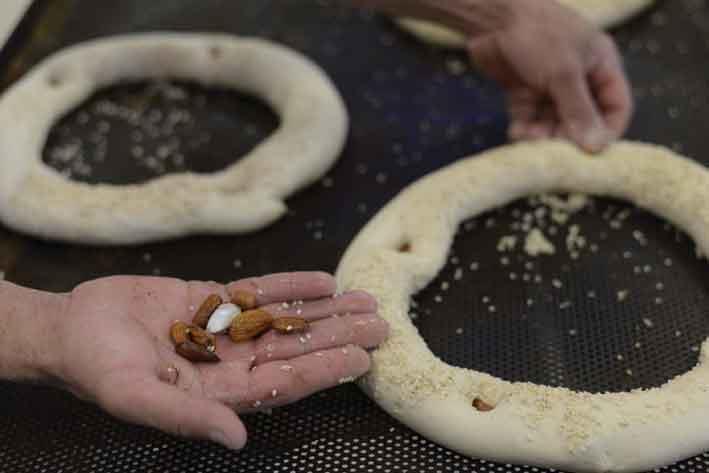
For the feast of St Joseph on 19 March, the company prepares Qassatta ta’ San Ġużepp, a sweet delight which is very similar to the ricotta qassatta, with a sweet instead of savory touch. As Easter approaches, the company prepares over 11,000 figolli ranging from the small to larger sizes, as well as the non-local hot cross buns. But it seems the favourite among the Maltese remains Il- Qagħaq tal-Appostli , perhaps because like Maltese bread, they are prepared at the bakery.
The company keeps to the traditional recipe, as that is what the public is after, and before each batch, chefs prepare a trial run and if need be, make changes to recipe.
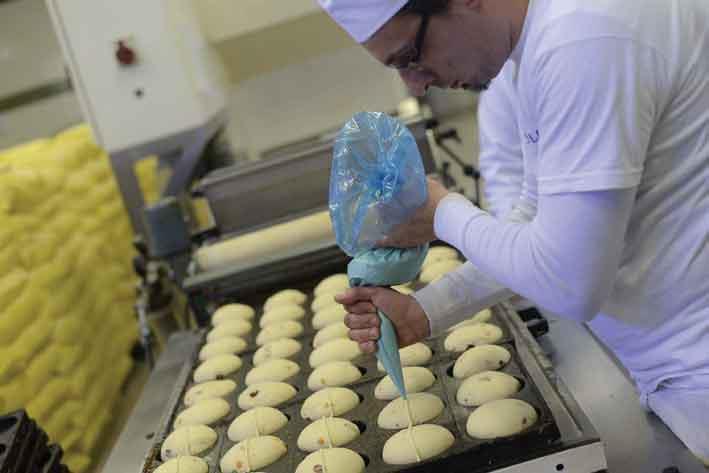
Working in the kitchen has its own challenges – keeping up with demand, having all the ingredients and reaching the expected standards. The chefs need to abide to very strict standards and no matter how tempting it is, they are not allowed to taste some of the ingredients every now and then.
The range of ages of the employees at Maypole varies widely, with some relatively young and seniors who have been working at the company for years. Mr Debono explains that the company also invests in training young people who want to get involved in the bakery industry, as such training is not available in academic institutions.
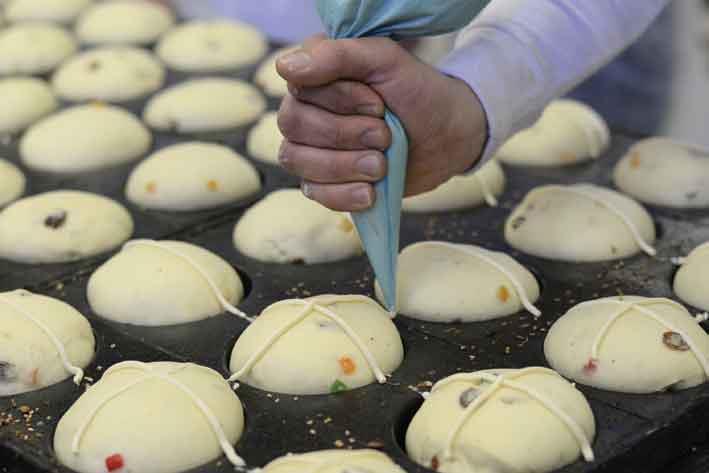
So why is that food present in so many celebrations on our yearly calendar? Food historian and visiting lecturer at UoM Noel Buttigeg explains that food is a marker of identity, and that while convivality brings people together, food is also a powerful means to distinguish. “The symbolic value of food was also adopted by the four main Mediterranean religions as a sign of establishing a dietary culture intended to continue to reaffirm the difference between Judaism, Islam and Christians from Rome and Byzantium.
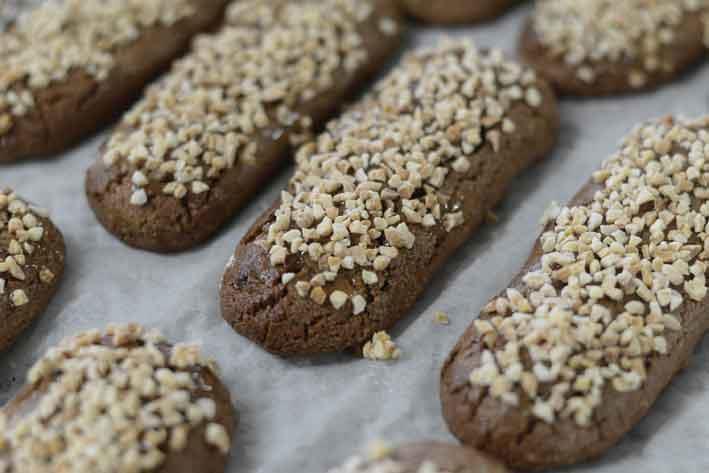
Since religion dominated several aspects of daily life, religious dietary prescriptions and proscriptions functioned as a powerful cultural bond, emphasising both the congregation and the otherness of the remaining denominations. Therefore, religion dictated food-related rules, rituals and prohibitions. Eating fat or lean followed significant religious events. These celebrations and commemorations marked the yearly calendar in a way that food continued to reaffirm the socio-cultural identity of the faithful,” Mr Buttigieg says.
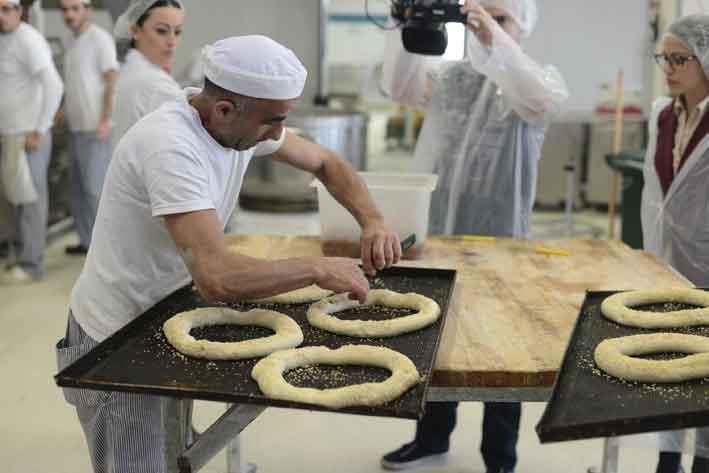
Origins of Easter sweets
Mr Buttigieg gives an insight of the origins of the sweets associated with this holy event.
Figolla: References from the period of the Order of St John indicate how figolli were prepared in different shapes decorated with a painted egg, distributed to the children on Easter Sunday. The most popular shape represented a three dimensional standing lamb representing the risen Christ. After the Second World War, figolli shapes continued to represent the idea of fertility with shapes of man, women, rabbits or more devotional patterns such as the dove and the fish. Today, the dietary rules and prohibitions have lost ground and with it the deep significant meanings of figolli.
Kwareżimal: During the forty days of Lent, the congregation had to abstain from meat, eggs and dairy products. Retail shops, hawkers, food service businesses and producers had to refrain from selling such products. For the forty days of quaresima the faithful could however consume this Lenten food that contained no eggs or fat.
Qagħaq tal-Appostli: The association of bread with religion and its holy nature forms an integral part of Christianity. Several festive breads, baked in different shapes and sizes, symbolically represented the divine in various celebrations. The qaghaq tal-appostli used to be donated to the apostles acting in the Maundy Thursday church service. These bread rings decorated with almonds were also sold for general consumption.